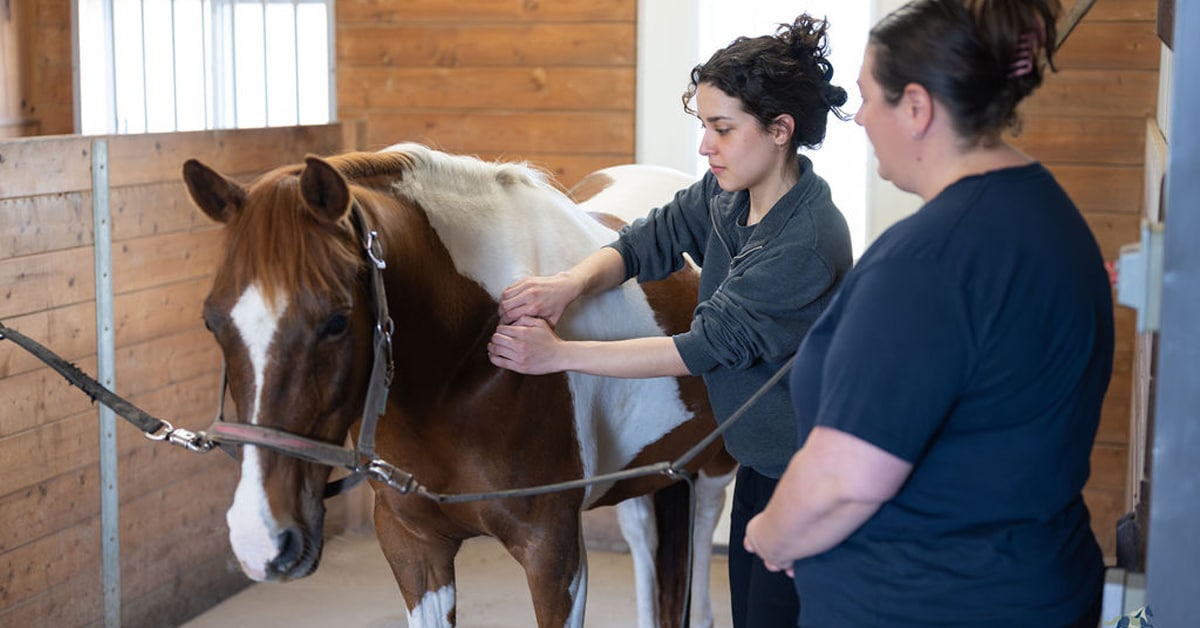Former Olympian and Level 3 coach Kelly Plitz, who operates Dreamcrest Farm in Port Perry, ON, with her husband Ian Roberts, has introduced numerous riders to the sport. Here is what she has to say about preparing for your first event – and how to determine if you are ready.
1. Before you start competing, volunteer to help another rider at an event to get familiar with the sport.
2. Make sure you have all the memberships you’ll need to compete, a pinny holder and medical armband. Buy a proper safety vest. Know the rules – such as how many stops you can have in stadium jumping and on cross-country before elimination, and what constitutes a refusal.
3. You and your horse should be schooling one level higher than the level at which you plan to compete. For the entry division, for instance, you and your horse should be schooling jumps and dressage at the pre-training level at home. If you don’t have a cross-country course at your stable, get out and school where there is one. An event is not the place to introduce your horse to cross-country obstacles!
4. Buy an event watch and use it at home to get an idea of the pace you’ll need. Going too fast or too slow on the cross-country course can be costly, penalty-wise.
5. Make a checklist of all the things you’ll need to take with you. Check your start times a day or two before the show, and re-check the night before. Work backwards from your dressage test to know how much time you’ll need to allot before your ride. Allow extra time in case you’re trailering in fog or encounter traffic. Arrive in time to get your rider’s packet and confirm your times, walk the cross-country course at least once, tidy your horse’s braids and allow yourself and the horse some time to relax.
6. If you don’t have a coach at the event, bring someone experienced to help you on the ground and to assist with warm-ups.
7. When you walk the cross-country course, bring the course map and make notes about the fences. Make sure you haven’t missed one. You can snap photos with your phone and review them. Know your number colours. Try to walk the course twice – once with your coach and once by yourself, focussing on how you’ll ride, such as where you’ll sit up and balance.
8. If your horse is tense, lunge him for 20 minutes or so. Get on and warm up 20-30 minutes before your dressage test.
9. After dressage, make sure you walk the stadium course during the window of time provided. Visualize your ride and what you’ll need to do on course.
10. Your warm-up for stadium jumping should start about 25 minutes before you are due in the ring. Start jumping 10 horses away from your time to gauge how your horse is jumping, watch a few rounds, then jump over a fence again two riders out to sharpen you and your horse before you go into the ring.
11. The cross-country warm-up doesn’t need to be as long, as your horse will already be warmed up. Practice the hand gallop you’ll need for cross-country; when you are four horses away, jump the warm-up jumps a few times, remembering to sit up and balance.
12. Mental preparation is just as important. Being a little nervous is to be expected and can help drive you, but if you are panicked, it’s wise to invest in more training before you attempt to compete. If your horse can’t settle down after lungeing and warm-up, or doesn’t know how to pick up a correct lead, halt, or do the things required in the dressage test, he’s not ready to compete either.
The Latest









